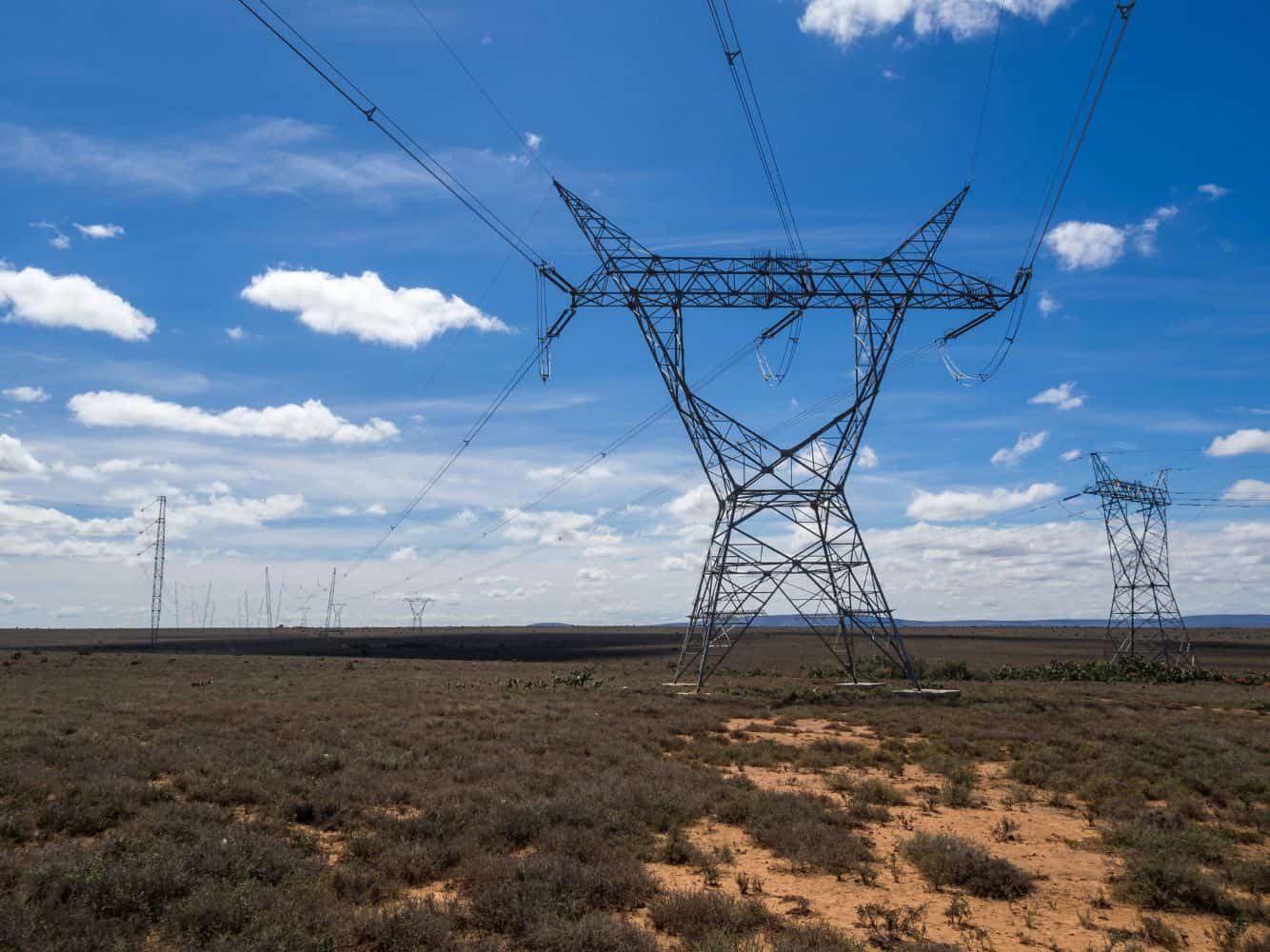Distribution agreements to be rolled out despite the limited and questionable results achieved so far.

Minister of Finance Enoch Godongwana and National Treasury now support the proposal by Minister of Electricity and Energy Kgosientsho Ramokgopa and Eskom that the latter temporarily take over electricity supply in struggling municipalities in order to curb their growing debt to the power utility.
This is despite questionable results in the two municipalities where the so-called Distribution Agency Agreements (DAAs) with Eskom are already in force.
The South African Local Government Association (Salga), which represents municipalities, is opposed to the implementation of the DAAs – which it described in a statement last month as “a backdoor takeover of municipal electricity distribution functions”.
Civil rights group AfriForum warns that the move may have unintended consequences and says far too little information is currently available about it.
ALSO READ: Despite concerns, Eskom’s return to profitability shows it can be done – BLSA
Debt up, despite offer of relief
National Treasury stated in documentation supporting Godongwana’s 2025 Medium-Term Budget Policy Statement (MTBPS) last week that municipalities’ overdue debt to Eskom increased from R55.3 billion to R94.6 billion in the 12 months to the end of March.
This increase comes despite a comprehensive debt relief programme Treasury made available in 2023. It gave municipalities with overdue Eskom accounts the opportunity to have the debt written off in stages, provided they, among other things, paid their current account faithfully and in full for 12 consecutive months.
A total of 24 municipalities qualified for the write-off of a third of their debt by keeping up the payments for a full year, while 21 had “generally” kept up the payments by 7 May.
However, 47 municipalities breached the agreement, National Treasury stated.
It ascribed the mounting arrear debt to weak revenue collection, large losses of electricity and water because infrastructure has been neglected, and a lack of credit control.
It added that government is nevertheless trying to help the municipalities by, among other things, having prepaid meters installed.
ALSO READ: R100 billion debt: only 10 municipalities honouring their accounts
Consensus
Duncan Pieterse, Director-General of National Treasury, said during a press conference ahead of Godongwana’s MTBPS that there is now consensus between his department and Ramokgopa regarding the DAAs.
The budget documents explain: “Under these agreements, Eskom will operate municipal electricity services for a defined period, support cost-reflective tariff setting and loss reduction and assist with [revenue] collection.”
During this period the municipality must decide on the best way to deliver the service, move to cost-reflective tariffs, and limit rebates.
Municipalities must use the money they receive from various grants to improve their infrastructure, which will in turn lead to more income.
According to National Treasury, the DAA solution is aimed at stabilising the cash flow of the municipalities concerned, establishing better discipline regarding payments, and acting as a bridging mechanism towards long-term structural changes in the municipal fiscal framework.
However, this comes with a warning: “These interim measures do not preclude stronger action if the [municipal] failure continues.”
ALSO READ: Eskom reports full year profit for the first time since 2017 amid soaring municipal debt
No track record to speak of as yet
Moneyweb recently revealed that in the two municipalities where the DAAs are already in operation – both implemented after court orders – their arrear debt to Eskom has significantly increased since the implementation of the DAAs.
Maluti-a-Phofung, based in Harrismith in the Free State, had overdue debt of R7.3 billion in February 2023. The agreement was implemented in September that year. By the end of June this year, 21 months later, the overdue debt had risen to more than R9 billion.
Eskom says the amount is expected to start decreasing in the fourth year of the agreement.
In Emfuleni, based in Vanderbijlpark, the DAA was concluded on 1 October last year. At that time the municipality owed Eskom R7.8 billion. By the end of July it had risen to R8.7 billion, according to Eskom.
Asked whether Treasury has reviewed the results of the first two DAAs and, if so, whether it is satisfied with them, Petersen indicated that Treasury has only recently begun looking into it and will provide an update later.
ALSO READ: ‘Sad situation’: Eskom warns growing municipal debt seriously risks its sustainability
Why not open up the market?
Morne Mostert, head of local government affairs at AfriForum, says what actually needs to happen with municipalities whose Eskom accounts are in arrears is that energy regulator Nersa should suspend their distribution licences and make them available to the market.
Eskom can then compete with other parties to obtain them and take over these services.
ALSO READ: Exclusive: Sputla’s grand plan to resolve municipal debt to Eskom
Possibility of fines
In a step that may lead to stricter regulation, Nersa has announced the gazetting of rules for tribunal proceedings for implementation.
It states that such proceedings “may include matters such as to hear and issue compliance notices, adjudicate over contraventions by licensees, and impose administrative fines”.
Nersa said it intends to hold tribunal hearings to adjudicate alleged contraventions and non-compliance matters in November 2025.
“The dates and times of all hearings will be published on the Nersa website and social media pages to notify the public.”
This article was republished from Moneyweb. Read the original here.






